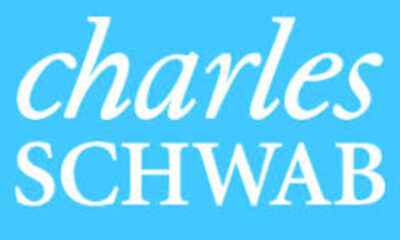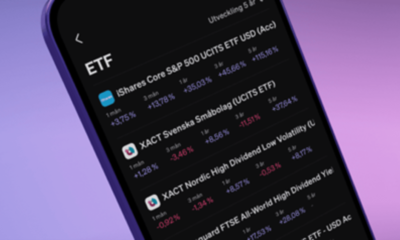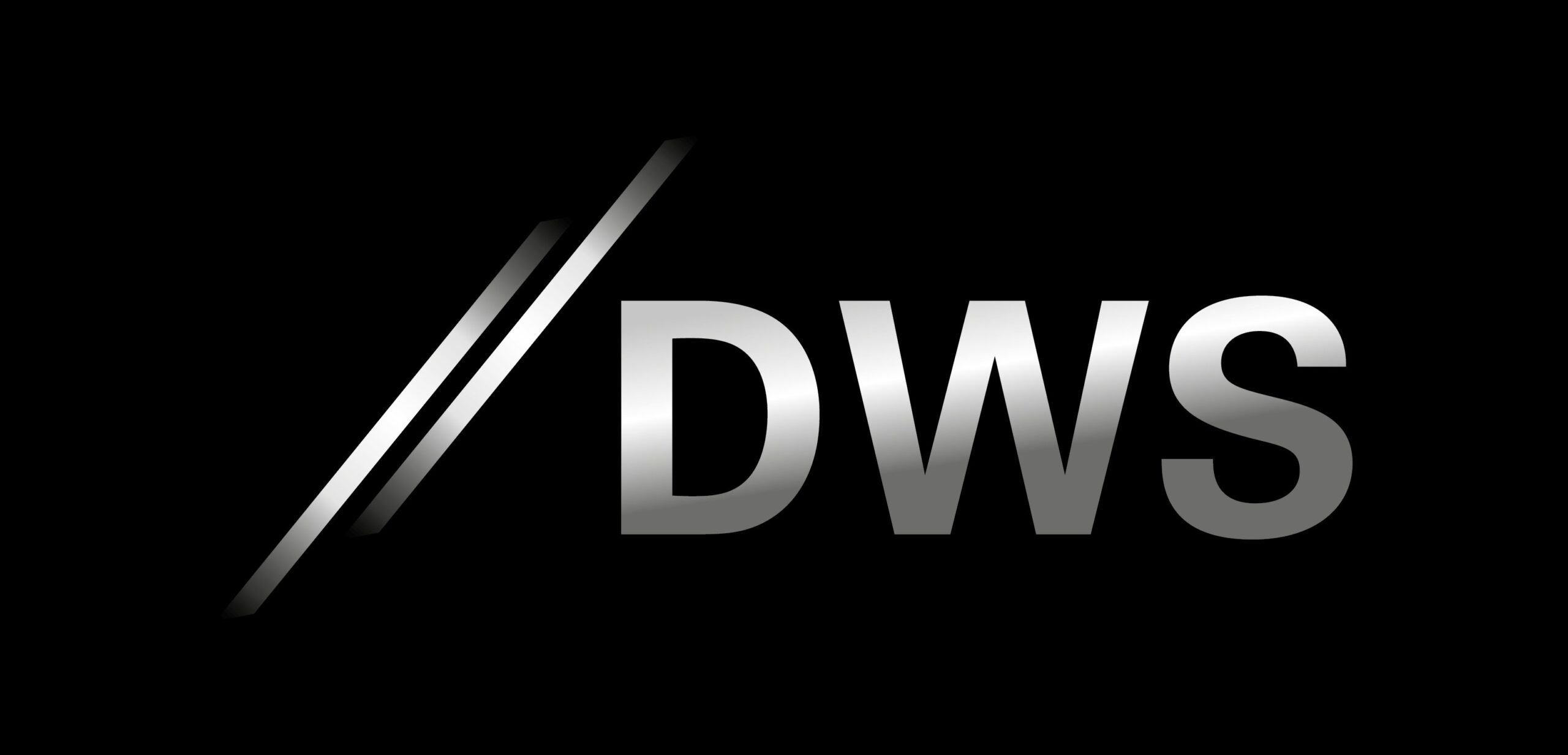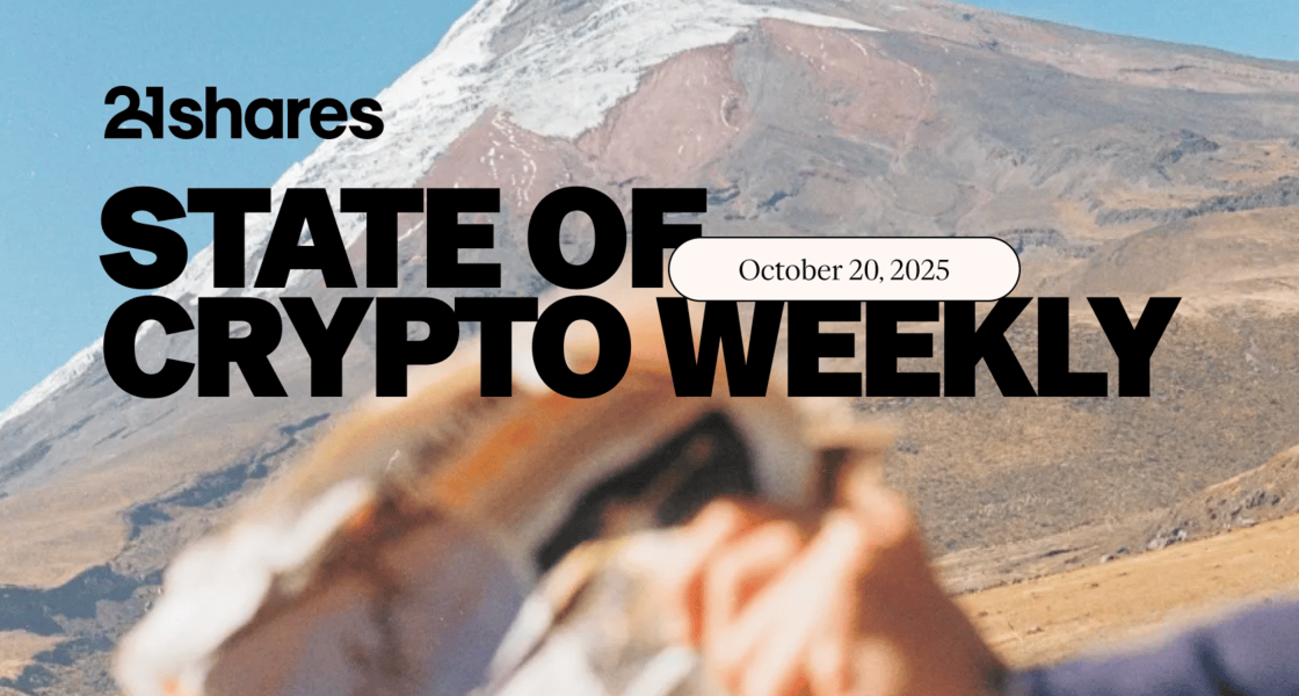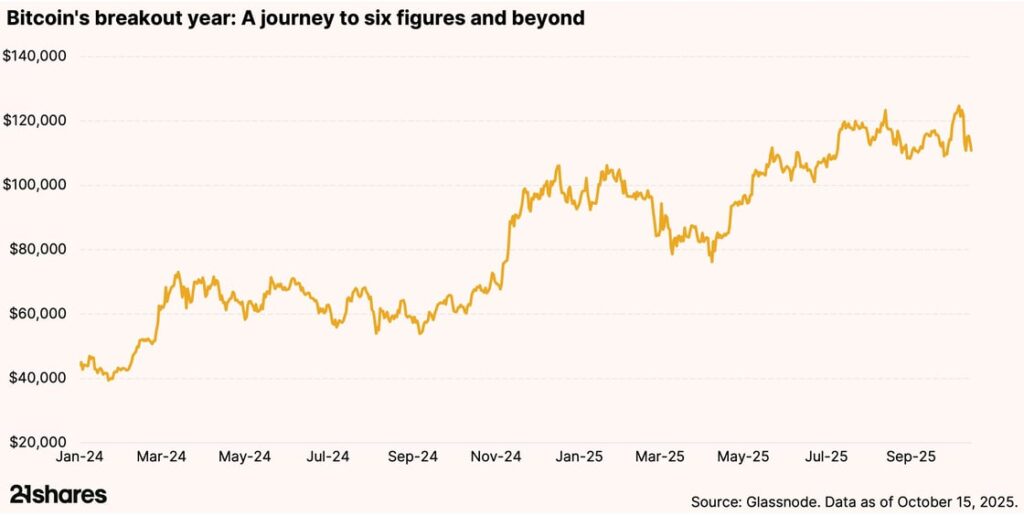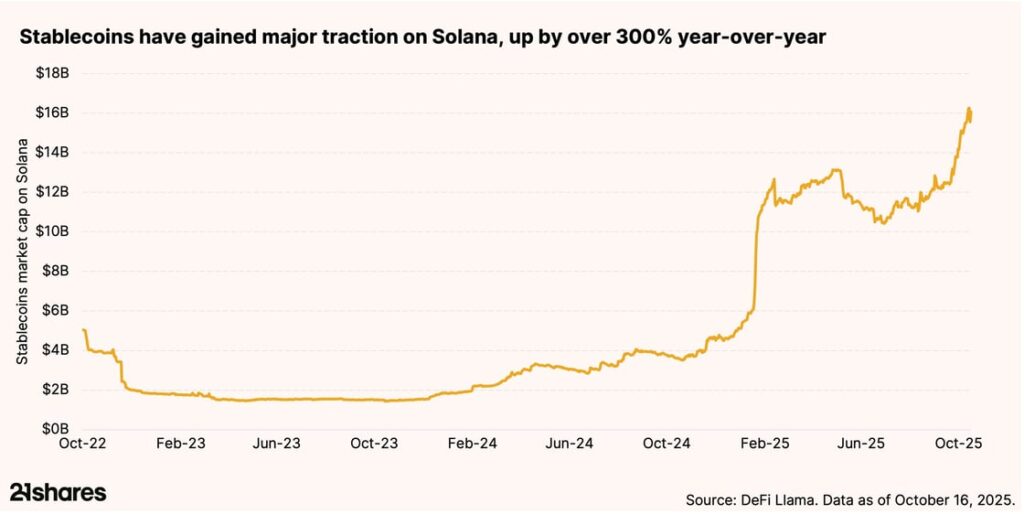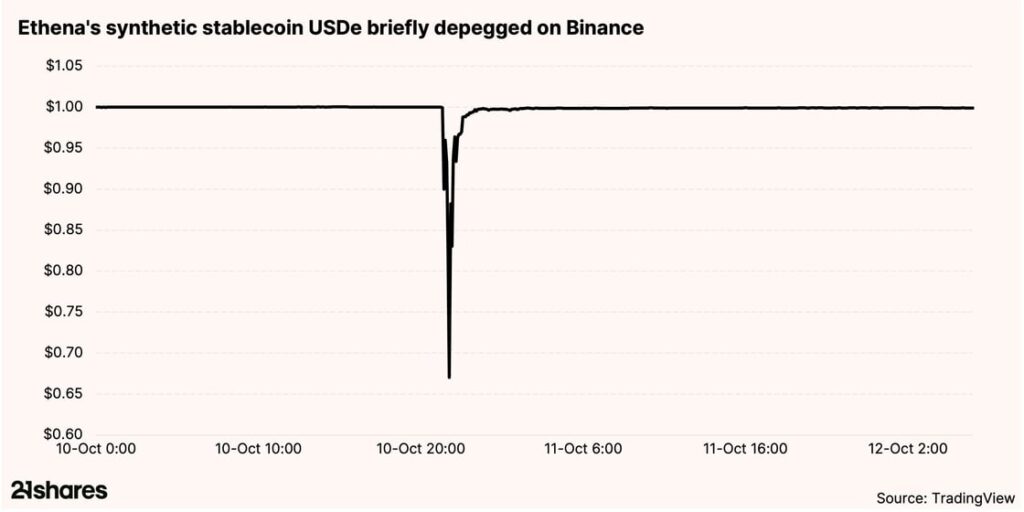I en rapport från Wells Fargo Advisors avslöjas att avkastningen som du får på en ETF eller ett certifikat handlar styrs när under dagen som Du handlar denna. Den amerikanska rapporten visar att det ger en betydligt sämre avkastning att handla dessa på eftermiddagen än på morgonen eftersom den visar att ETFer dyrare på eftermiddagen.
Eftermiddagen är den tidpunkten då det är happy hour i baren, då bagerier sänker priserna medan det är då det blir dyrare att handla på börsen. Wells Fargo Advisors har noterat att det kan vara betydligt att handla en börshandlad fond efter lunchtid.
En ETF eller ett certifikat är ett värdepapper som har satts samman av en rad andra instrument, det kan vara en korg av aktier, obligationer, råvaror eller något helt annat. Exakt hur dessa sätts samman skall vi inte gå in närmare på, det finns en rad olika sätt som dessa sätts samman på, och går vi in på dessa blir artikeln för lång.
Finansiella institut som är verksamma på andra marknader än där den underliggande tillgången finns
Många av dessa certifikat och ETFer ges emellertid ut av banker och andra finansiella institut som är verksamma på andra marknader än där den underliggande tillgången finns och handlas inte alltid när denna marknad är öppet. Utgivarna tar ut en avgift för dessa produkter, dels för att täcka sina egna kostnader, dels för att på detta sätt skydda sig mot obehagliga överraskningar i form av oväntade och ohedgade kursrörelser. Något som däremot sällan uppmärksammas bland placerarna är en dold transaktionskostnad i form av skillnaden i köp- och säljkurs, den så kallade spreaden. De flesta placerare tänker sällan på denna, men det är en kostnad som lätt kan rusa i höjden. Ett exempel som Wells Fargo Advisors tittat närmare på är iPath Dow Jones-UBS Coffee Subindex Total Return ETN som speglar priset på kaffe.
Spreaden är mer eller mindre konstant
Wells Fargo Advisors konstaterar att spreaden på iPath Dow Jones-UBS Coffee Subindex Total Return ETN ligger mer eller mindre konstant på 10 cent hela dagen, i alla fall så länge handeln i kaffeterminer pågår. Så fort denna handel stängt för dagen ökar denna emellertid till det dubbla för att under de sista minuterna innan börsen stänger stiga till 55 cent. Detta skall jämföras med den årliga förvaltningsavgiften på iPath Dow Jones-UBS Coffee Subindex Total Return ETN som endast uppgår till 40 cent per andel, vilket visar på att den stora kostnaden för att investera på detta sätt ligger i skillnaden mellan dess köp- och säljkurs. Enligt Wells Fargo Advisors är ETFer dyrare på eftermiddagen.
Ett problem med timingen
Barclays, det företag som står bakom iPath produkterna medger att det finns ett problem med timingen. I detta fall förklaras det med att eftersom terminsmarknaden på kaffe, som är den underliggande tillgången i detta fall, stänger två timmar innan den amerikanska aktiemarknaden, på vilken iPath-produkterna handlas, gör det. Att artikeln tar upp Barclays och dess iPath produkterna är en slump, detta avser alla de ETFer och certifikat som handlas på börser världen över. Förklaringen ligger i att de som köper dessa ETFer och certifikat sent på dagen vill kompenseras för detta eftersom priset på den underliggande tillgången kan ha förändrats kraftigt när handeln åter startar följande dag.

 Nyheter4 veckor sedan
Nyheter4 veckor sedan
 Nyheter3 veckor sedan
Nyheter3 veckor sedan
 Nyheter4 veckor sedan
Nyheter4 veckor sedan
 Nyheter4 veckor sedan
Nyheter4 veckor sedan
 Nyheter3 veckor sedan
Nyheter3 veckor sedan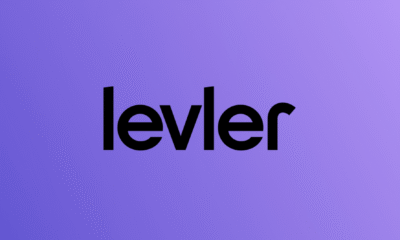
 Nyheter2 veckor sedan
Nyheter2 veckor sedan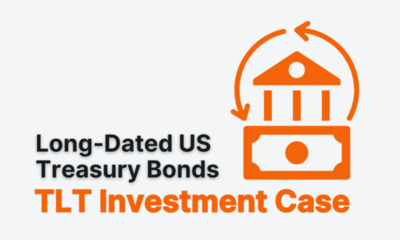
 Nyheter4 veckor sedan
Nyheter4 veckor sedan
 Nyheter3 veckor sedan
Nyheter3 veckor sedan






